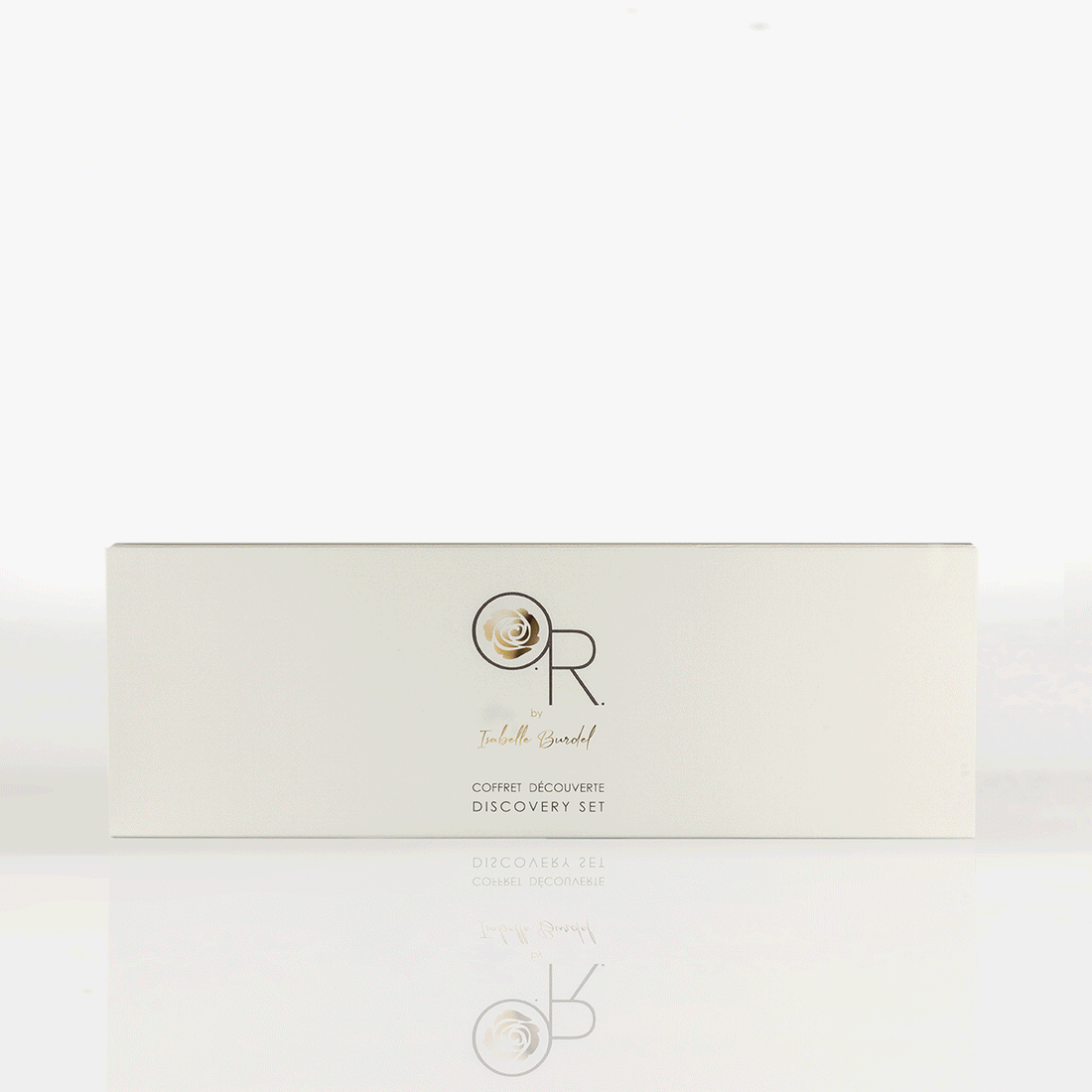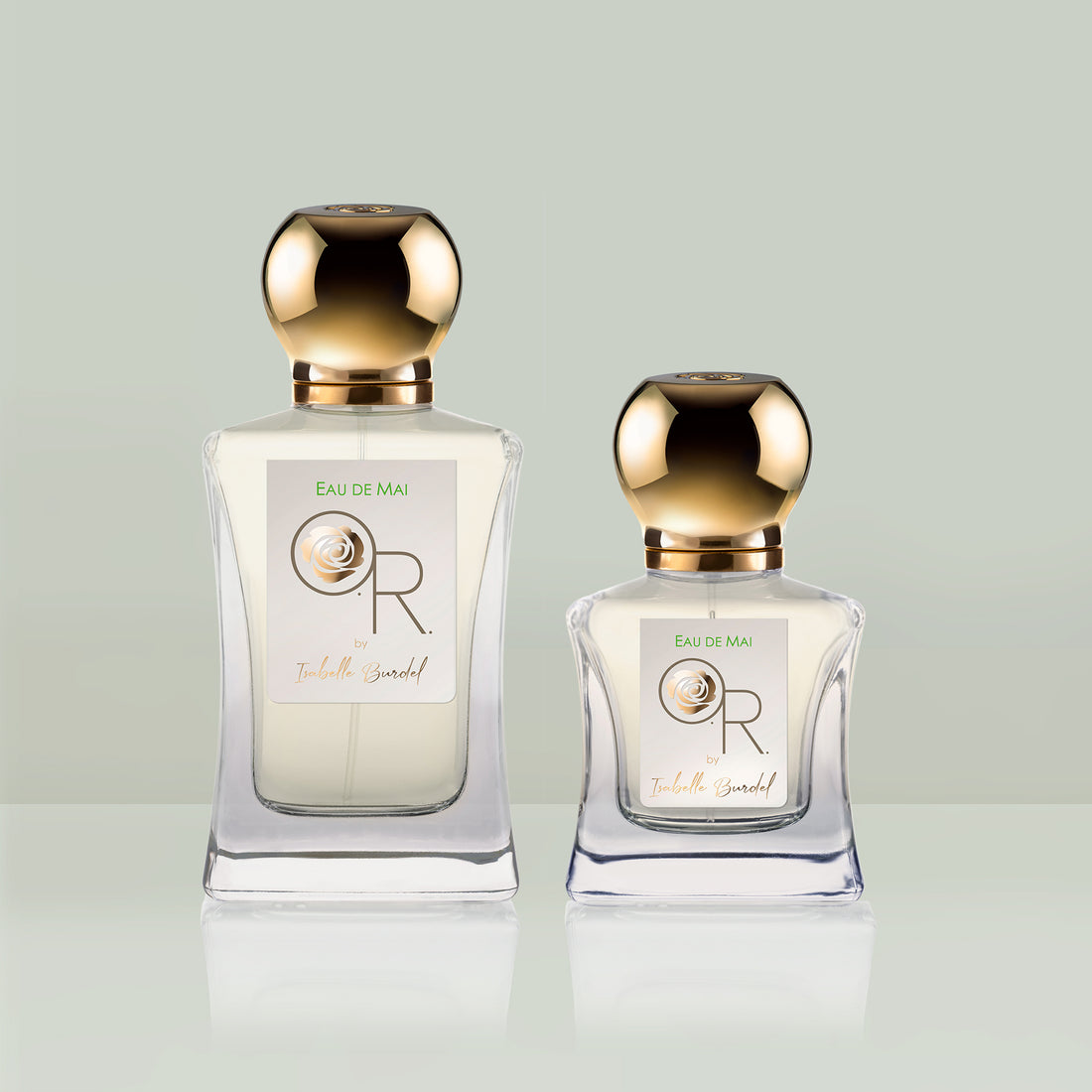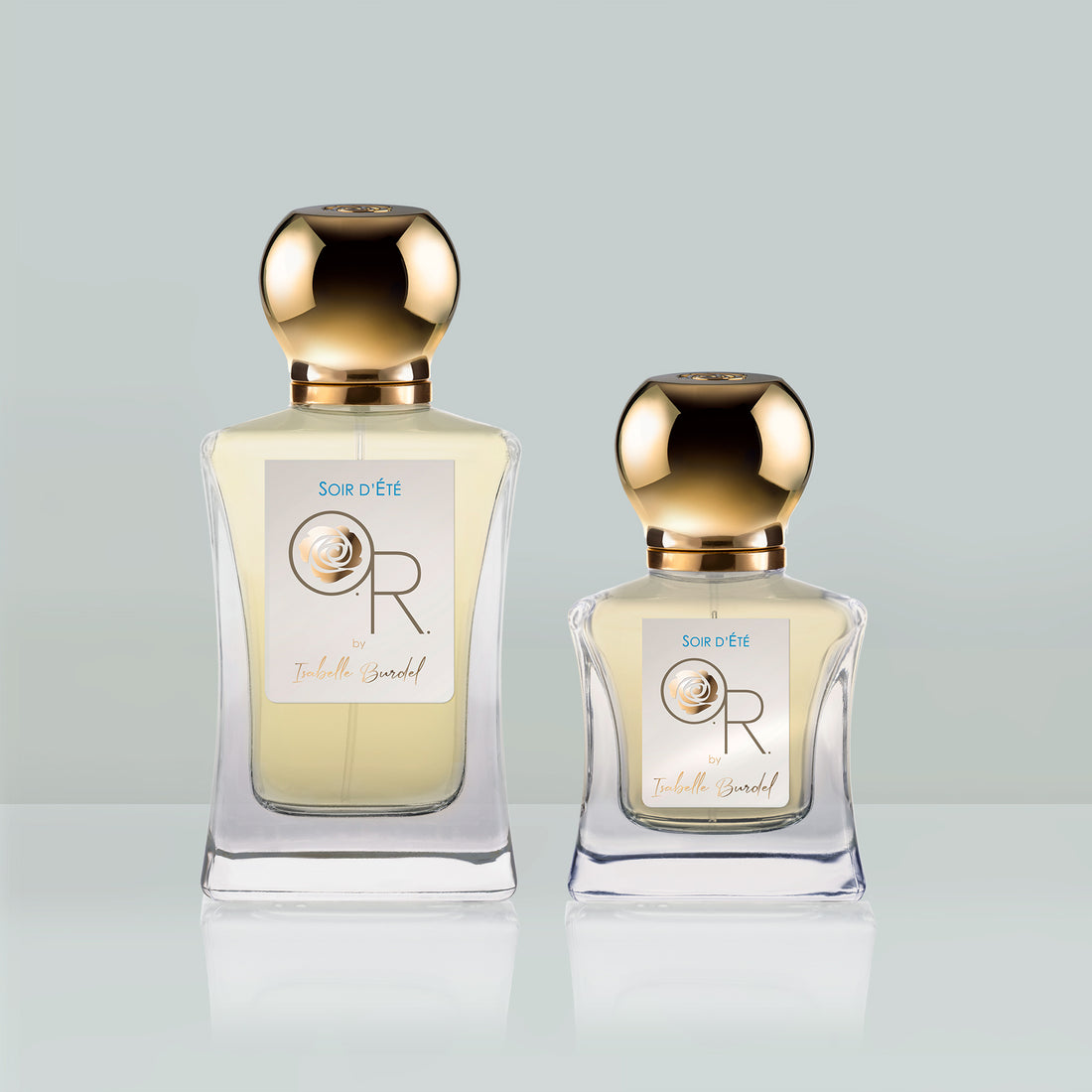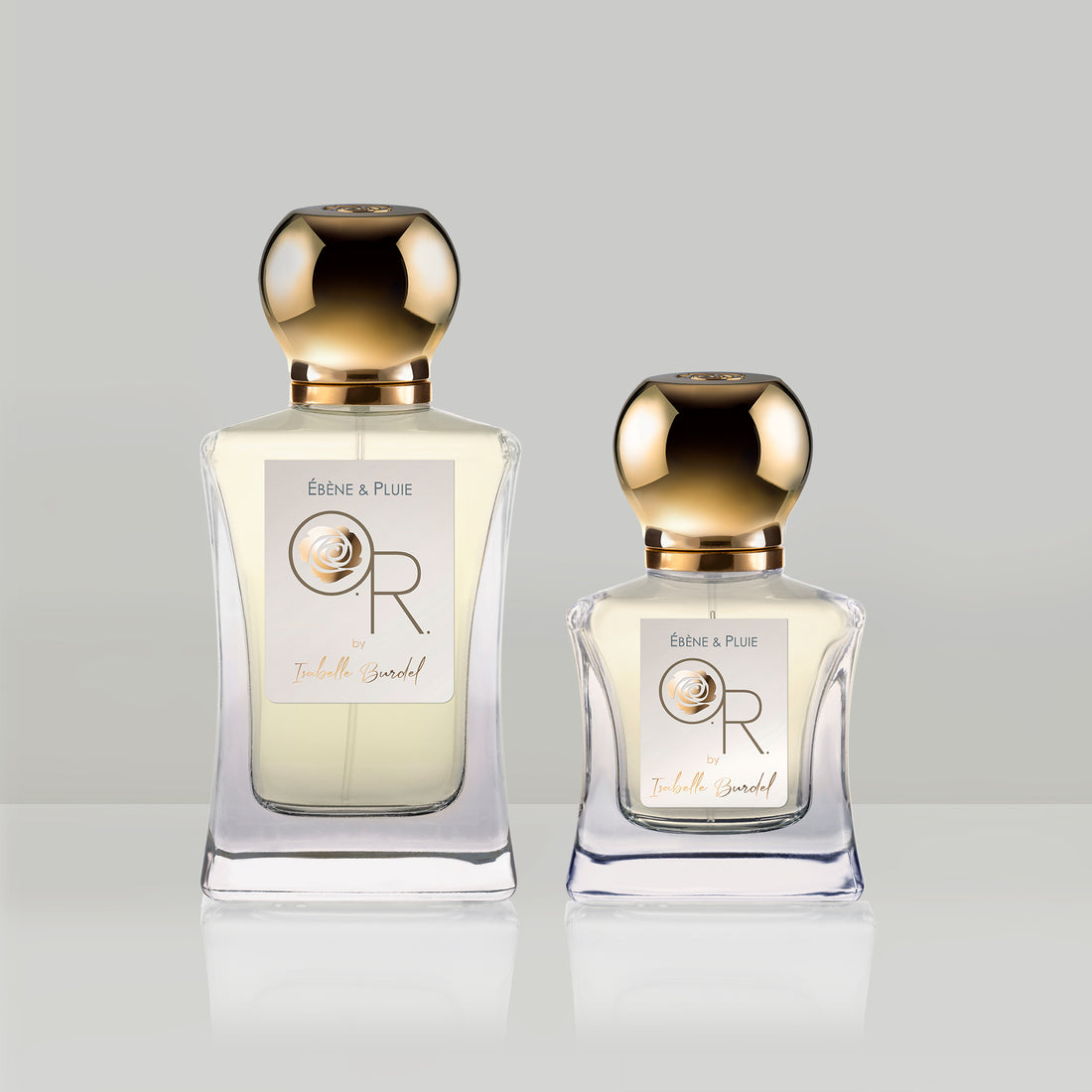Over the centuries, perfumery has evolved significantly. The art of composition has developed alongside the perfumer's palette, enriched with new natural or synthetic ingredients. In a perpetual quest for novelty, perfumers have always sought new olfactory horizons. Among these, the fragrance of tobacco is a chord born in the early 1920s that has continued to be explored ever since.
Birth of the tobacco accord in perfumes
While tobacco has a long history in our culture, tobacco scents in perfumery are relatively recent. Its origin owes much to the emancipation of women during World War I, a dark period where women replaced men in tasks traditionally reserved for them. These famous 'flappers' with short hair, who now smoke, drive cars, and wear pants, inspired the prestigious house Caron, which launched its Tabac Blond perfume in 1919. A warm, leathery trail that evokes - in a sublimated vision - the famous Virginia tobacco preferred by women over the brown tobacco of men.
However, there is no actual tobacco note in this perfume, but it plays with woody, leathery, and spicy effects to convey the idea. This perfume actually inaugurates the leather family, dressing it here with a carnation accord and a floral touch, blossoming on a background of balms and animalic notes.
Two years later, Molinard launches Habanita (1921). It initially comes in the form of small sachets intended to perfume women's cigarettes before being marketed as a tenacious eau de toilette. A marvel of sensuality, with tobacco and leather effects mingling with vanilla and vetiver, bordered by amber and powdery notes. It is, in fact, one of the pioneers of the oriental family in perfumery and remains the brand's greatest success today.
Although it does not emit any tobacco scent per se, one also thinks of Fleurs de Tabac by Cherigan Paris (1929), whose floral and powdery accord rests on an ambery and woody base.
Composition of the tobacco accord in perfumery
The tobacco accord in perfumes has often drawn from the hay nuances of coumarin. One of the first synthetic molecules discovered in 1868, extracted from tonka beans. This molecule releases almond and powdery notes, as well as a hay facet, which perfumers have often used to reproduce the scent of tobacco. Tonka beans themselves have, beyond their almond scent, a hint of Amsterdam tobacco.
It is also possible to reproduce the scent of tobacco using sweet grass, an absolute with notes of cut hay and herbal notes. Similarly, liatrix, a plant with tones of slightly green honeyed tobacco but also vanilla.
While the tobacco facets of these great perfumes are more of an accord, perfumers can also use tobacco absolute, with woody, honeyed, aromatic, dry, and warm notes, evoking the scent of pipe tobacco. It is obtained through solvent extraction of the leaves of the plant. Tobacco absolute is mainly produced in France and the United States. It adds a lot of richness and a velvety texture to compositions.
The intoxicating scent of tobacco
In recent years, the tobacco accord has often been reinvented with a honeyed touch, mingling with round, liqueur-like, fruity, or spicy notes. An enticing, sensual, and enveloping universe that niche perfumery has explored extensively.
In the image of Hermès' Ambre Narguilé (2004), where tobacco meets the warmth of rum, spices, and balms, in an intoxicating composition. For Tom Ford, tobacco embraces cocoa in a embrace bordered by vanilla and rum: the voluptuous Tobacco Vanille (2007). A note of cold tobacco embraces the jasmine freshness of feminine skin in Jasmin et Cigarette by Etat Libre d'Orange (2006). In 2012, Diptyque blends honeyed tobacco with iris, in a twist of leather and spices for Volutes. A register with addictive charm, explored many times in the last fifteen years.
If the tobacco note has been worked on in all its facets, floral, vegetal, honeyed, leathery, or animalic, Parfum d'Empire reveals it in all its complexity for Tabac Tabou in 2015. The tobacco here is dressed in the hay nuances of narcissus, honeyed notes of immortelle, brightened with lime and mimosa, on a leather background.
The tobacco perfume : a scent of taboo?
Although they contain not a trace of this plant, Tabac Blond by Caron and Habanita by Molinard have marked their time and seduced the female population by cultivating transgression. For the famous 'flappers,' it was a way to break free from the classic codes of femininity and adopt those of men, through smoking.
In 1978, Yves Saint-Laurent played again with this transgressive register with Opium. A provocative name, served by a catchy slogan: "Opium, for those who indulge in Yves Saint-Laurent."
Since the beginning of the 20th century, perfumery has known how to play with our taboos to lure us into its nets. Unless the connection between perfume and tobacco goes back to its origins? Perfume, per fumum, through smoke...






